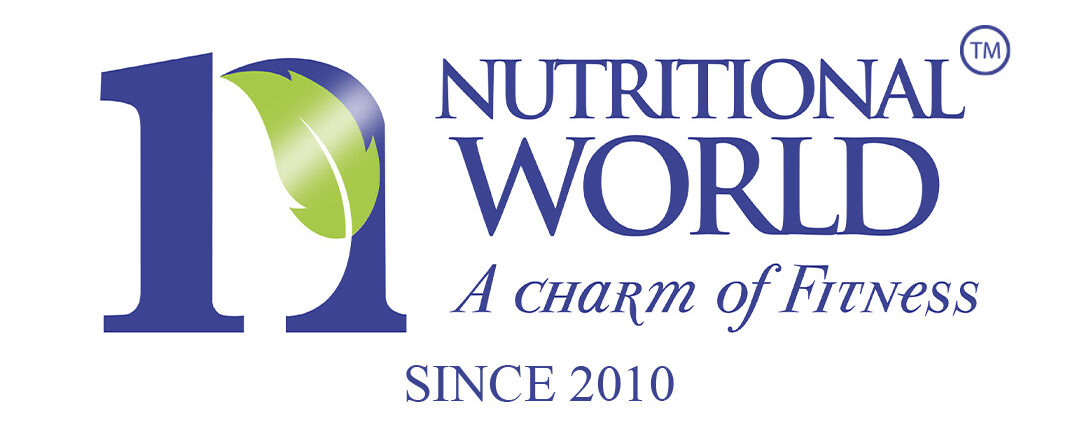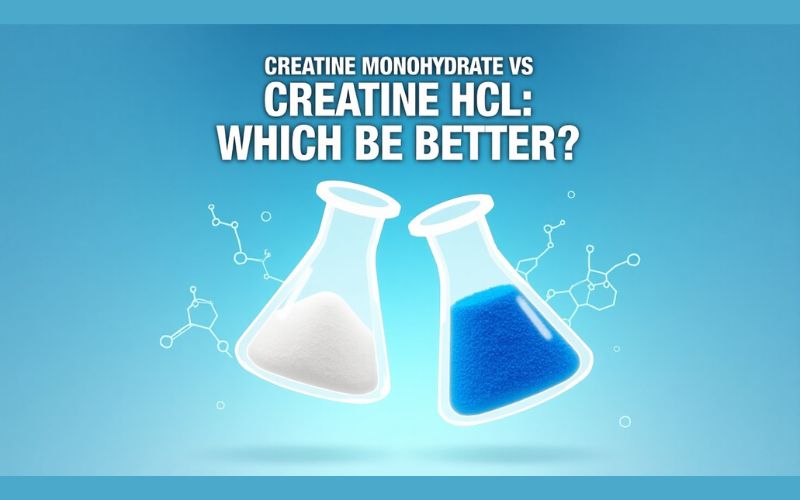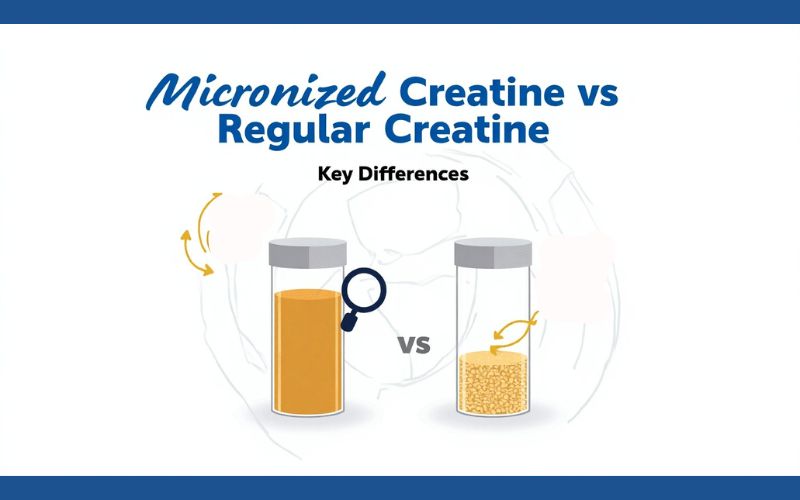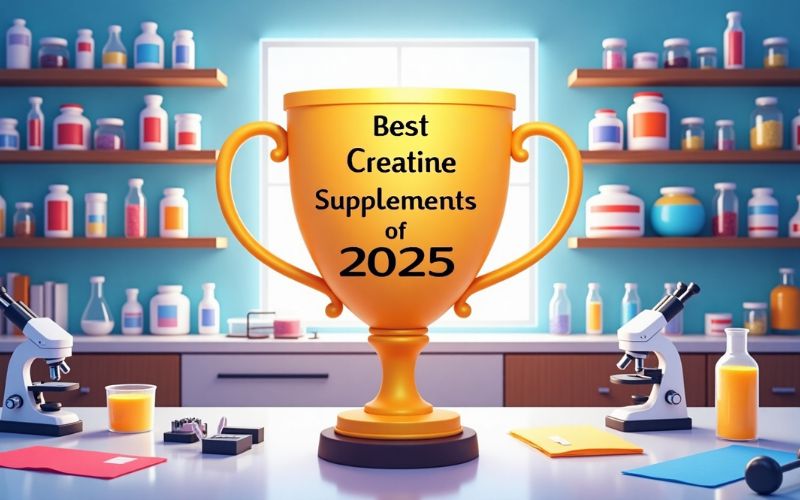When it comes to supplements that improve strength, performance, and muscle growth, creatine remains one of the most trusted and researched choices on the market. But with different forms available, a common debate arises: Creatine Monohydrate vs Creatine HCL which one is better?
If you’re trying to decide between these two types of creatine, this article breaks down the key differences, benefits, and how to choose the right one for your fitness goals.
Table of Contents
What is Creatine and Why Use It?
Creatine is a naturally occurring compound found in your muscles, where it helps produce ATP, the primary energy currency of the body. Supplementing with creatine increases your muscles’ phosphocreatine stores, enabling better performance during high-intensity workouts.
Whether you’re a professional athlete or someone who enjoys regular workouts, creatine can help you:
- Increase strength and power
- Build lean muscle mass
- Improve workout recovery
- Enhance cognitive function
Creatine Monohydrate: The Classic Choice
What Is It?
Creatine Monohydrate is the most studied and widely used form of creatine. It consists of creatine bound with a single water molecule and is known for its proven effectiveness and affordability.
Benefits
- Highly Effective: Backed by hundreds of studies, creatine monohydrate consistently improves athletic performance and muscle growth.
- Cost-Effective: It’s the most affordable form of creatine, making it accessible to all fitness levels.
- Well-Tolerated: Safe for long-term use when taken in appropriate doses.
Potential Downsides
- Mild Water Retention: Some users may notice initial water weight gain, which is temporary and held inside the muscles.
- Digestive Discomfort: A small number of users report bloating or mild stomach upset, especially when taken on an empty stomach.
Creatine HCL: The Newer Alternative
What Is It?
Creatine HCL (hydrochloride) is a newer form where creatine is bound with hydrochloric acid. This makes it more soluble in water, leading to claims of improved absorption and fewer side effects.
Benefits
- Better Solubility: Dissolves quickly in water, potentially reducing gastrointestinal discomfort.
- Smaller Dosage Needed: Because of its higher absorption rate, you may need less per serving.
- Less Water Retention: Users often report less bloating compared to monohydrate.
Potential Downsides
- Limited Long-Term Research: While promising, creatine HCL doesn’t yet have the decades of research that monohydrate does.
- Higher Cost: Typically more expensive than creatine monohydrate, making it less budget-friendly.
- No Proven Superior Results: Studies have yet to show HCL outperforms monohydrate in strength or muscle gains.
Comparison: Creatine Monohydrate vs HCL
| Feature | Creatine Monohydrate | Creatine HCL |
| Effectiveness | Proven over decades | Promising, but less research |
| Absorption | Slower, may cause bloating | Faster, gentler on stomach |
| Dosage Required | 3-5 grams | 1-2 grams |
| Cost | Budget-friendly | More expensive |
| Scientific Backing | Strong | Limited |
| Water Retention | Possible | Minimal |
Which One Should You Choose?
Choosing between creatine monohydrate and creatine HCL depends on your individual needs, preferences, and budget.
- Go with Creatine Monohydrate if you want a reliable, affordable, and thoroughly tested supplement with proven results.
- Try Creatine HCL if you’ve experienced bloating with monohydrate or want a more concentrated dose with easier digestion.
Ultimately, both can be effective when taken consistently and as directed. Your decision may come down to how your body responds and your personal tolerance.
How to Use Creatine Correctly
Regardless of which type you choose, here’s how to get the most out of your creatine:
- Loading Phase (Optional): 20g/day for 5–7 days (split into 4 doses) more common with monohydrate.
- Maintenance Dose: 3–5g daily for monohydrate or 1–2g for HCL.
- Timing: Creatine can be taken pre- or post-workout, or even at any time of day. Consistency is more important than timing.
- Hydration: Drink plenty of water to support absorption and performance.
Is Creatine Safe?
Yes. Creatine is one of the safest and most well-researched supplements in the fitness industry. It is not a steroid, doesn’t disrupt hormones, and has no serious side effects when used responsibly.
Those with kidney conditions or under medical treatment should consult a healthcare provider before supplementing, but for healthy individuals, creatine is considered very low-risk.
FAQs About Creatine Monohydrate vs HCL
Q1: Can I switch from creatine monohydrate to HCL without issues?
Yes, you can switch at any time. Just adjust your dosage according to the form you’re using.
Q2: Which form is better for women?
Both are equally effective for women. If you’re prone to bloating, HCL may be a gentler option.
Q3: Do I need to cycle off creatine?
There’s no scientific need to cycle off. Continuous daily use is safe for most people.
Q4: Can vegetarians benefit more from creatine?
Yes, vegetarians typically have lower natural creatine stores and may notice more dramatic effects.
Q5: Should I take creatine on rest days?
Yes, maintain your daily dose even on non-training days to keep your muscle stores saturated.
Conclusion: Which Creatine is Right for You?
In the battle of creatine monohydrate vs creatine HCL, there’s no universal winner—just what works best for you.
Creatine monohydrate is tried-and-true, backed by decades of scientific support, and ideal for most users. Creatine HCL is a promising alternative for those with sensitive stomachs or looking for a smaller dose with fast absorption.
No matter which you choose, creatine can be a game-changer for your performance, strength, and recovery.
Looking for premium-quality creatine supplements?
Visit Nutritional World and explore our curated range of creatine monohydrate and creatine HCL products designed to support your fitness goals with purity and performance in mind.


























